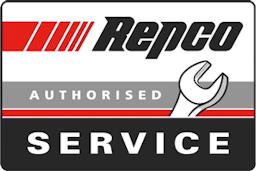
How do I get a Certificate of Roadworthiness?
Before a certificate of roadworthiness (RWC) can be issued for a vehicle, the vehicle must be inspected by a licensed vehicle tester and found to be free of wear and deterioration or alterations that would make it unsafe for normal use on the road. Geoff Perry Motors are Licensed Vehicle Testers providing Certificates of Roadworthiness for Light Vehicles...
Read more


